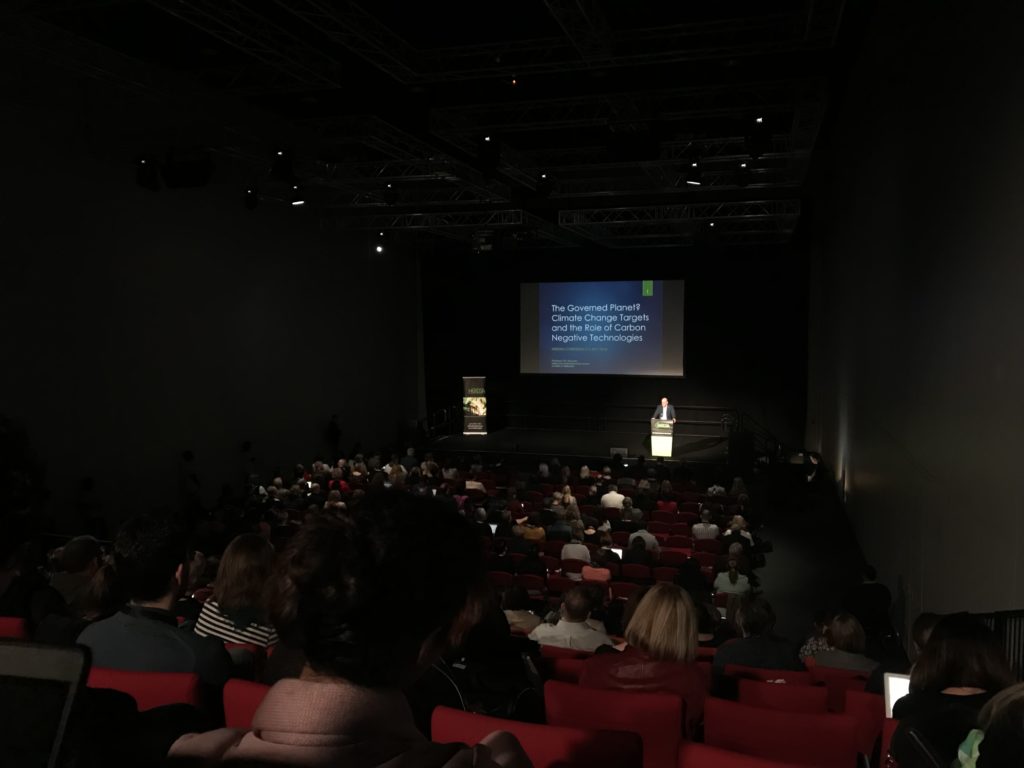The value of higher education in recent times: HERDSA conference recap

HERDSA is an annual international conference which provides opportunities for tertiary education staff members and academics to exchange ideas about learning and teaching, and gain insights about current developments from experienced researchers and practitioners. The 41st HERDSA annual conference (2nd to 5th of July) was held this year at the Adelaide Convention Centre.
Key themes of the conference
This year’s conference theme was ‘(Re)Valuing Higher Education’. As higher education has undergone dramatic changes due to restrained budgets, increased student numbers, greater student diversity, corporatisation, complex research environments, and emphasis on student preparation for work and lifelong learning, there is a need to reconsider its value and purpose.
Conference takeaways
Role of universities and private higher education providers: The conference reminded us that universities and private higher education providers are a place of thought. A place to promote critical thinking, creatively solve problems and advance in research. Presentations on the use of innovative technologies, communities of inquiry, academic skills, interdisciplinary studies and learning analytics, helped raise the bar on how we can provide our learners a better quality of education, and achieve higher retention and engagement even with the current restraints.
Redefining the student experience: It was fascinating to see how different institutions have taken on the challenge of redefining the student experience. By adapting common techniques, such as the flipped classroom, to create new and interesting learning experiences, higher education providers are challenging the status quo more than ever before.
Higher education is complex: The conference also reminded us that the higher education system is messy. It is tangled in a web of knowledge, social institutions, cultural norms and the economy. During the conference, presenters brought up some issues common to many institutions, such as ensuring equitable access to learning materials for all students, funding for research, cultural biases, gender biases, employability, program sustainability, technology adoption, struggles in academia and the growing casualisation of the workforce.
Recap of L&T presentations
Active learning with H5P by Ges Ng and Dr Suneeti Rekhari
Active learning is a key aspect of contemporary educational design and practice. It provides opportunities for learners to engage with content via a range of activities and think critically, while contextualising it to their professional situations.
In designing activities, it is essential to promote higher order thinking skills and to move away from the transmissionist model of ‘content transfer’ to more constructionist models, which encourages greater learner participation. Leveraging perspectives on educational pedagogies, this workshop asked participants – how can we implement active learning opportunities in and outside of our classrooms?
Explore the slides from the presentation below. Click here for detailed notes on using H5P.
A collaborative and sustainable approach to institutional curriculum development by Dr Lincoln Gomes and Christina Del Medico
Rapid technological development has seen higher educational institutions explore new ways of engaging students with dynamic learning environments. Hence, it has become imperative to find new, sustainable ways of encouraging and facilitating systematic curriculum reviews, whilst providing teaching staff the skills to implement pedagogically sound approaches to learning design in higher education.
In 2017, Navitas Learning and Teaching services assisted in the transformation of 147 units of study, by providing professional development support to 118, largely sessional, teaching staff. To enable staff to critically review their unit curricula, Learning and Teaching Services developed a 10 week fully online professional development course for teaching staff. To measure the impact of the professional development course and subsequent unit performance, post transformation, a range of qualitative and quantitative measures were collected.
Explore the slides from the presentation below:
[Re]evaluating practice: Measuring what is important, to inform improvements to student outcomes by Maria Spies, Dr Margot McNeill, Dr Suneeti Rekhari and Karen Woo
Retaining students to achieve successful outcomes is a complex and challenging task and is a vital performance indicator for all education institutions globally. Over the past few decades, the fundamentals of successful student outcomes in tertiary education remain unchanged. Key factors impeding success include poor preparation for tertiary study, unsatisfactory academic experience, and lack of social integration.
As part of the Navitas 2020 Strategic Project on Retention, Learning and Teaching Services has been investigating and evaluating current practice both within our colleges and externally, developing a Retention Driver Tree to identify the activities that make a difference to the student experience.
Explore the slides from the presentation below:
Overall, it was great to see what challenges other higher education providers were grappling with and how they are solving these issues. It was also a time for celebrating the continued successes higher education providers have achieved in these times of change. It left us with some great ideas and strategies to implement and try within the learning and teaching context at Navitas.
To continue the conversation regarding these presentations, contact Christina Del Medico, Dr Lincoln Gomes, or Ges Ng, or share your thoughts and ideas via Yammer, Twitter or LinkedIn.

